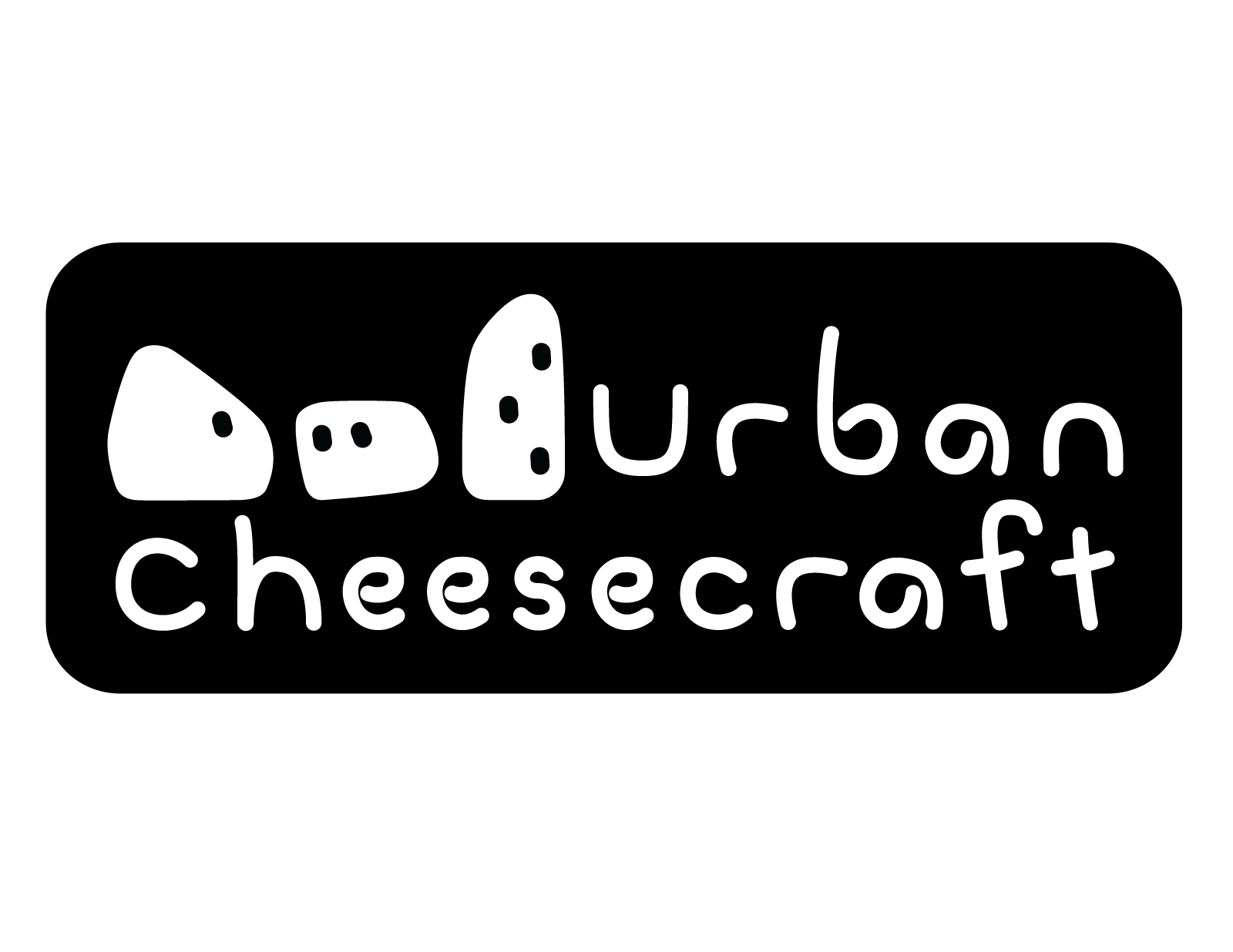FAQs - Dairy free, Vegan, and Paleo cheese
Did you run into a surprise result? Don’t worry, a simple adjustment usually solves the issue.
Below are the questions and issues we run into from time to time regarding recipes in our dairy free kits.
If you don’t find what you need here, feel free to contact us with specific questions. Do note that the advice given is directly related to our kits and recipes only. You may find some help here even if you didn’t follow one of our recipes, but we encourage you to contact the creators of your particular recipe for more specific assistance. Thanks for stopping in!
First, here’s the most important tip and a little pep talk. Ready?
Don’t toss your results immediately just because something didn’t turn out as expected.
You’ve used real food, valuable ingredients and unless you added 10 times the salt or accidentally used sugar instead, chances are your creation can be turned into something edible and dare we say, even delicious!
Too salty? Try adding a ½ cup of water to your results in the blender. Blend, taste and adjust with more water if needed. Simmer once again if the original recipe called for it. You can even add more nuts, seeds, beans or veggies 2 tablespoons at a time if necessary. Again, taste and adjust if needed. The result will likely make a nice spread or sauce.
Not flavorful enough? Adding one these popular flavors at a time, in these calculated quantities usually helps- big pinch of salt OR, a teaspoon nutritional yeast or miso (both are salty so use caution), ½ teaspoon smoked paprika, ¼ teaspoon Dijon mustard OR, a squeeze of fresh lemon juice. These are helpful because they impart umami and tangy flavors- all classic cheese qualities we love.
What is the best way to melt these cheeses?
Our dairy-free cheeses get nice and gooey but they will not melt in a stretchy manner just like dairy cheese. The best melty result happens with quick, high heat like that of a microwave or a broiler. Careful though, when you melt one of the cheeses that calls for a majority of nuts or seeds, you can go from melty, to deliciously crusty on top, to thoroughly crunchy and cracker like. This is a lot like dairy cheese but it happens more quickly.
My cheese is more of a spread than a solid cheese.
It’s possible that the agar did not simmer and therefore activate. Heat mix at level 4 out of 10 in order to get there without heating too quickly and having the oil separate. Be sure you see bubbles and then continue to heat on low (level 2-3) until the batch is uniform in texture and thickened considerably. For this batch, enjoy it as a spread. You can roll it into a ball or log and cover it in crushed nuts or cracker pepper for presentation.
The oil separated from the rest of the ingredients when I simmered my cheese.
This is not common with the ratios given but it can happen if you add extra oil or if you heat at too high of a temperature. Simmer gradually (level 4 out of 10 or just below medium heat) and then turn the heat down to medium-low (2-3). Once you see the mixture thicken and get shiny and uniform in texture, stop heating. It is possible to go too far.
My blender is not high-powered- can I still make smooth and creamy nut and seed cheeses?
Yes. There are several tricks that help.
Soaking- It is very important that you soak nuts and seeds for 8-24 hours depending on how hard they are. Alternatively, you can boil them for 20-30 minutes to soften.
Blending- You may need to run your blender or food processor for as long as 10 minutes, as well as stop to scrape the sides and stir in between. Careful! Be sure to unplug the device when you do this.
Straining- Use fine cheesecloth or a metal sieve to strain your mix and catch and small nut or seed bits that just won’t blend.
Can I re-use the cheesecloth?
Absolutely! For success with the butter muslin/fine cheesecloth you get in your kits (90# if you’re curious) follow these simple tips:
- First time, wash in warm water
- Rinse with cold water immediately after you finish using it.
- Wash as you would your dishtowels
- Soak for a few minutes in baking soda to refresh after a couple of uses
- Handle gently and it should last you a good while before it develops holes.
It may look very wrinkled right out of the washer but if you rinse it in water and wring it before lining your colander, it will stretch back out nicely. As a bonus, it won’t slide as you pour curds and whey through it.

